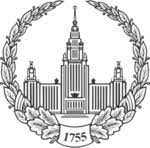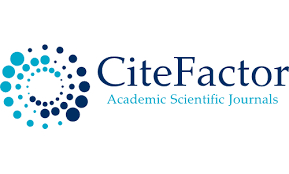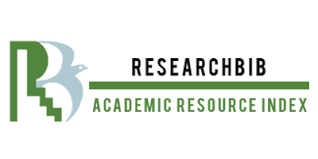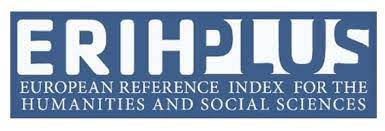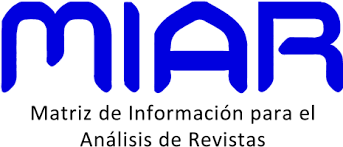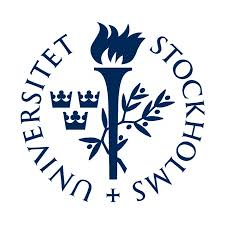Grammatical-semantic characteristics of couplets used in the epic "Kitabi-Dada Gorgud"
Zulfugar NovruzovDOI: doi.org/10.48445/d4031-4827-4173-w
ORCID ID: https://orcid.org/0000-0002-4720-7039
Date: 26 January 2024
ABSTRACT
"Kitabi-Dada Gorgud" epic was one of the greatest written monuments of the Turkic world. Thanks to this epic, we get valuable information about Turkish history, culture, geography of the early Middle Ages, as well as the Turkish language in which the epic was written. Being one of the main language materials of the period in which the epic was written, it plays the role of a convenient source for creating the language landscape of the XI-XII centuries. Examples of all levels of the language (phonetic, lexical, grammatical, syntactic levels) are given in abundance from the epic. Thanks to this, it becomes easier to determine the development trends of the language by drawing a parallel between modern Turkic languages and ancient Turkic. Along with the main parts of speech, supporting parts of speech are elaborated in the saga. In addition to the main parts of speech, 76 auxiliary parts of speech (including repetition) were used in the saga, mainly a large number of conjunctions and conjunctions.
KEYWORDS
"Kitabi-Dada Gorgud" epic, auxiliary parts of speech, couplet, Turkish written monuments, grammatical-semantic meaning





















